The state of Georgia’s Department of Natural Resources has announced that the number of Wood Stork nests state-wide is higher this year than any other year since aerial nest surveys began in the early 1990s. The count of more than 2,500 broke the previous record of about 2,200, and is attributed to poor weather early in the breeding season in Florida, which caused at least some storks to relocate and attempt a new nest in Georgia. Here’s hoping the Wood Stork continues on its comeback trail.
Recent Posts
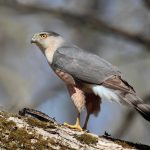 Cooper’s Hawk: A fearsome hunterBy Leslie Kinrys
Cooper’s Hawk: A fearsome hunterBy Leslie Kinrys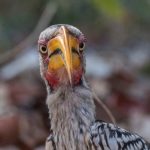 Ask a Birder: What is the Difference between a Bill and a Beak?By Kai Pflug
Ask a Birder: What is the Difference between a Bill and a Beak?By Kai Pflug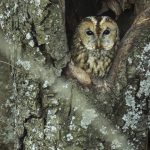 Review – In the Company of Owls by Polly AtkinBy Erika Zambello
Review – In the Company of Owls by Polly AtkinBy Erika Zambello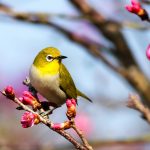 The Canary in the Coal Mine: Global Bird Populations as Environmental BarometersBy Grace Waters
The Canary in the Coal Mine: Global Bird Populations as Environmental BarometersBy Grace Waters Bird Guides of the World: Demi Wasage, Papua, IndonesiaBy Editor
Bird Guides of the World: Demi Wasage, Papua, IndonesiaBy Editor Birding Lodges of the World: Arte de Plumas, Costa RicaBy Editor
Birding Lodges of the World: Arte de Plumas, Costa RicaBy Editor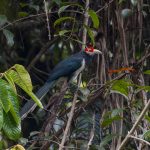 Looking for Rare Endemics at Sinharaja Forest Reserve in Sri LankaBy Kai Pflug
Looking for Rare Endemics at Sinharaja Forest Reserve in Sri LankaBy Kai Pflug
Posting Calendar
| DAY | WRITER(S) | SERIES (weekly) |
|---|---|---|
| MON | Kai (w) | Birding Lodges |
| TUE | Donna (m) Susan (m) Hannah (m) Fitzroy (m) Grace (m) | Bird Guides |
| WED | Leslie (bw) Faraaz (bw) | Ask a Birder |
| THU | Paul (w) Cathy (bw) | Birder’s Lists |
| FRI | David (w) | Species Spotlight |
| SAT | Peter (bw) Luca (bw) | From the Archives |
| SUN | Clive (w) Sanjana (m) | Three Photos |
| w weekly, bw biweekly, m monthly | ||
| Any time: Jason, Mark, John, Sara, Rolf, Dragan | ||
See here for info on the writers.
Newsletter
Signup and receive notice of new posts!
Thank you!
You have successfully joined our subscriber list.


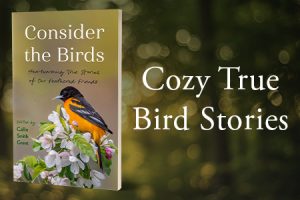



Well, frankly Corey, that’s not exactly brilliant news, is it?
If the increase is not caused by an overall population increase in the US but by a relocation of birds because the breeding season was so bad in Florida, then one might presume that the overall population in the US had not the best of breeding years?
Although I do confess to not having followed the link due to time constrains and not knowing enough – well, anything really – about Wood Stork population dynamics.
Heck, I haven’t even seen a Wood Stork…
🙂
Yeah, it’s really more of an illustration as to why bird populations have to be looked at on a large scale.